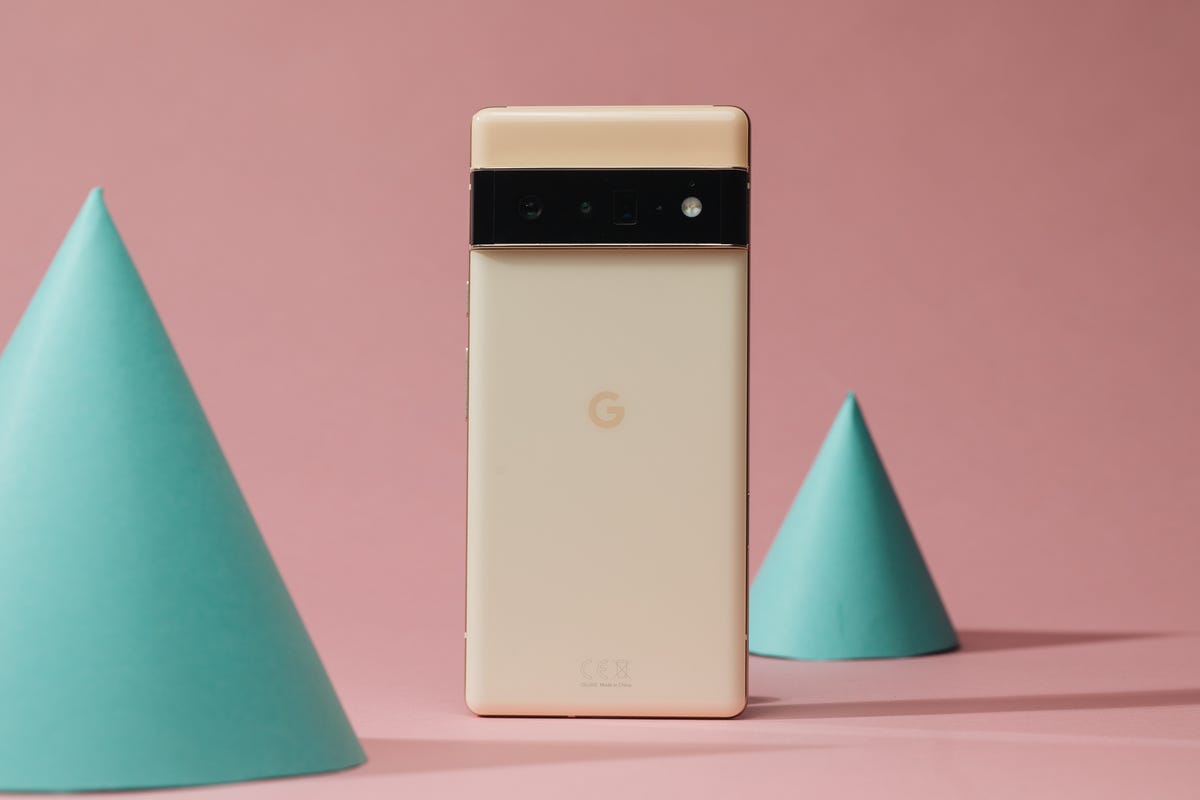The new Pixel 8 Pro is the newest top-end premium phone from Google, but what improvements does it make on previous year’s premium Pixel phones? While Google has made some hardware improvements, particularly with the new Tensor G3 processor, brighter screens and updated cameras, some of the biggest changes have to do with the phone’s software features, such as Google Assistant and the addition of new photo editing tools.
It’s worth pointing out that the Pixel 8 Pro starts at $999, a $100 increase on the launch day $899 price tags of the Pixel 7 Pro and Pixel 6 Pro (prices which have dropped in the years since they landed on store shelves). There’s an even higher premium to pay if you want Google’s latest top phone, though it’s certainly the most advanced Pixel yet. It runs on Google’s new Tensor G3 chipset, which should make it more powerful than the Pixel 7 Pro (Tensor G2) and Pixel 6 Pro (Tensor G1), although we won’t know for sure until we test it.
Yet the Pixel 8 Pro has perhaps the most generous promise of any Google phone yet: seven years of OS, security and feature drop upgrades promised. The Pixel 7 Pro was promised three years of Android updates and five years of security patches (one of which has already passed), and the same for the Pixel 6 Pro (two years of which have already passed, meaning it will only get one more major Android update beyond the upcoming Android 14).

The Pixel 6 Pro.
The 8 Pro has a 6.7-inch (3,120 x 1,440) OLED display with a 1-120Hz adaptive refresh rate, which is essentially the same as the 7 Pro (120Hz refresh rate) and 6 Pro (10-120Hz refresh rate). The 8 Pro’s screen is brighter than the displays on its predecessors and is slightly tougher as it’s made of Gorilla Glass Victus 2 compared with the 7 Pro and 6 Pro’s Gorilla Glass Victus. All three have an under-display fingerprint sensor, while only the Pixel 8 Pro and Pixel 7 Pro use the camera for Face Unlock.
All three of Google’s latest phones have nearly the same dimensions and weight. The biggest change lies in the look of the phones as Google slightly refined the rear camera block to have a metal case surrounding an oval glass cover for the three rear camera lenses. The Pixel 7 Pro has the camera block split into two sections, with the main and ultrawide lenses covered in glass while the telephoto lens sits off to the side. This stands in contrast with the 6 Pro, which had glass covering the entire camera block (looking much like Star Trek character Geordi LaForge’s visor). The 8 Pro also has a matte finish on its glass back, compared with the glossy finish on the 7 Pro and 6 Pro.
(Interestingly, the 6 Pro’s color scheme was split above and below the camera block on the back of the phone, while the 7 Pro and 8 Pro are single-colored across the full rear cover.)
In other internal specs, the Pixel 8 Pro hasn’t changed much upon its predecessors, with 12 GB of RAM and the option of 128GB, 256GB, 512GB or — new for this year — 1TB of storage. The newest Google phone launches with Android 14, the latest version of the operating system, but as in previous years, expect the 7 Pro, 6 Pro and other older Pixel phones to get Android 14 on or shortly after the 8 Pro launches. The phones all have nearly the same battery, with the 8 Pro’s 5,050 mAh capacity being the biggest, but not by much over the 5,000 mAh battery in the 7 Pro and 6 Pro. All three phones have wired charging up to 30 watts, and wireless charging up to 23 watts.
Take a look at the table below for a closer look at how the Pixel 8 Pro compares to Google’s previous high-end phones.
Pixel 8 Pro vs. Pixel 7 Pro vs. Pixel 6 Pro


